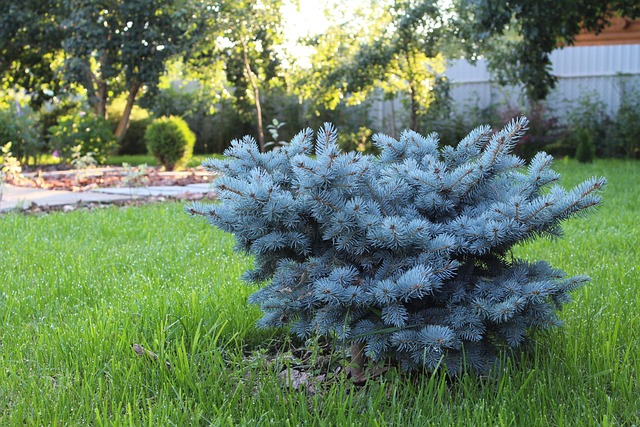Designing a pet-friendly yard involves understanding your furry friend's natural behaviors and needs. By incorporating designated play areas, easy access to water and shade, hiding spots, non-toxic plants (like lavender, rosemary, or sedum), and native species adapted to local climate, you can create a low-maintenance oasis that caters to their instincts while fostering a harmonious outdoor space for both pets and owners. Regular cleaning and pet-friendly fences further ensure safety and maintainability.
Creating a low-maintenance, pet-friendly garden is easier than you think. In this comprehensive guide, we explore how to harmonize your outdoor space with your furry friends’ needs. From understanding pet behavior in yards to choosing plants that resist playful nips and designing dedicated play areas, these tips ensure a safe and engaging environment. Discover incorporated features that foster interaction and learn expert maintenance strategies for long-term care. Transform your yard design into a vibrant sanctuary where pets thrive.
- Understanding Pet Needs in Outdoor Spaces
- Choosing Plants That Thrive with Furry Friends
- Designing Play Areas for Active Pets
- Incorporating Safe and Engaging Features
- Tips for Maintenance and Long-term Care
Understanding Pet Needs in Outdoor Spaces
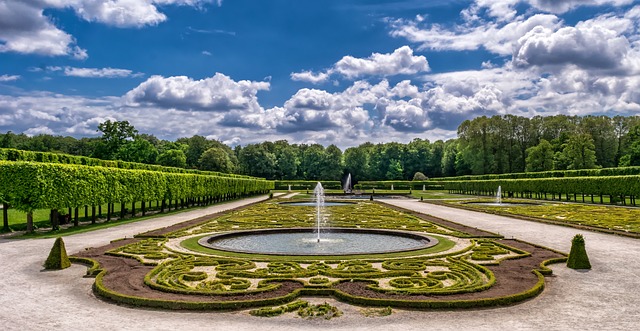
When designing a pet-friendly yard, understanding your furry friend’s needs is crucial. Pets, especially dogs and cats, require spaces that encourage natural behaviors like digging, playing, and resting. Incorporating specific features into your yard design for pets can create a low-maintenance oasis where they can thrive. For instance, creating designated play areas with soft, safe surfaces reduces the wear and tear on your lawn while providing mental stimulation.
Additionally, ensuring easy access to water, shade, and hiding spots allows pets to regulate their body temperature and feel secure. Choosing pet-safe plants is also essential; some flowers and shrubs can be toxic, so opt for non-toxic varieties to avoid any accidents. A well-thought-out yard design for pets not only caters to their instincts but also ensures a harmonious outdoor space for both you and your beloved companions.
Choosing Plants That Thrive with Furry Friends
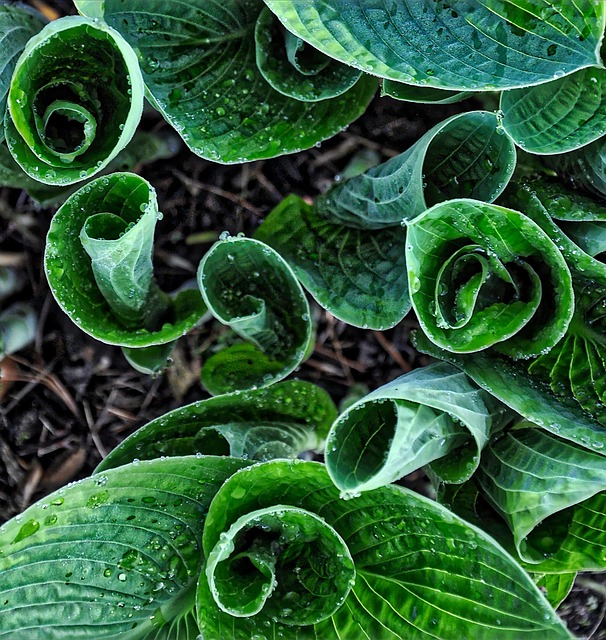
When designing a pet-friendly yard, selecting the right plants is key. Many common garden plants can be toxic to animals, so choosing non-toxic, pet-safe options is essential for a low-maintenance, furry-friendly outdoor space. Consider plants that are known to be resistant to animal damage; these might include varieties with thick leaves or stems, and those with an unpleasant taste or texture that discourages chewing. Some pet-friendly options also have natural properties that repel common garden pests, reducing the need for chemical treatments.
Incorporating native plant species into your yard design for pets can be particularly beneficial; these plants tend to thrive in local conditions and are adapted to withstand natural browsing from wildlife, including furry friends. Native flora not only supports local ecosystems but also provides a visually appealing, naturalistic look that requires less upkeep.
Designing Play Areas for Active Pets

Creating play areas tailored to your pet’s needs is an essential aspect of designing a low-maintenance, pet-friendly yard. Consider their natural instincts and behaviors when planning these spaces. For example, if you have dogs, incorporate agility elements like jumps, tunnels, or obstacles to encourage physical activity and mental stimulation. Cats will appreciate scratching posts, perches, and hidden spots for observing their surroundings, allowing them to exhibit natural hunting behaviors.
The yard design should also include various textures and materials to keep pets engaged. Different surfaces provide varied sensory experiences—a rough bark area for digging and a soft grass patch for rolling around. By offering diverse environments, you create an exciting outdoor playground that keeps pets active while ensuring your garden remains relatively low-maintenance.
Incorporating Safe and Engaging Features
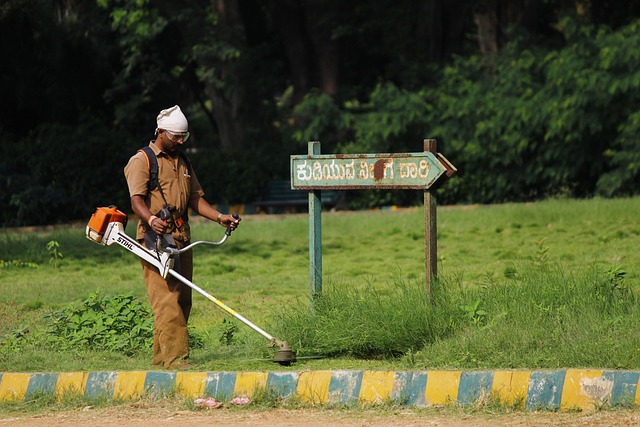
Creating a yard design for pets goes beyond ensuring their safety; it’s about fostering an engaging environment that enhances their quality of life. Incorporate features like enclosed outdoor spaces with plenty of shade and shelter, away from potential hazards in neighboring areas. This could be as simple as a well-fenced yard or a dedicated pet play area with natural barriers like hedges.
Don’t forget to add water sources designed for pets—a shallow doggie pool or a bird bath can provide hours of fun while keeping them hydrated. Plants should also be chosen carefully, opting for non-toxic varieties that are pet-friendly and contribute to a vibrant, natural setting. This way, your garden becomes not just a functional space but a delightful yard design for pets to explore and enjoy.
Tips for Maintenance and Long-term Care
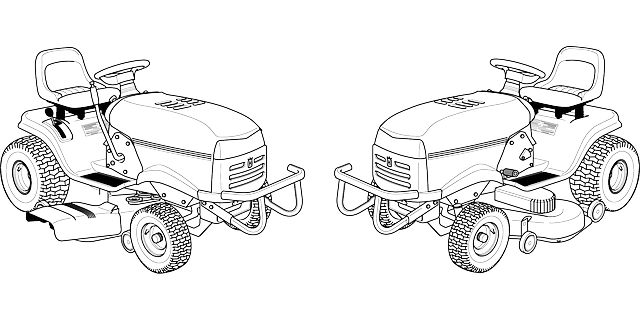
Creating a low-maintenance, pet-friendly garden means selecting plants and features that thrive with minimal care while also catering to your furry friends’ needs. To keep things simple, opt for native species that are adapted to your local climate; they usually require less watering and maintenance. When it comes to yard design for pets, consider creating designated play areas filled with pet-safe plants like lavender, rosemary, or certain varieties of sedum. These not only encourage healthy outdoor activities but also reduce the need for frequent mowing and weeding.
Regular cleaning is essential, especially in areas where your pets congregate, to prevent the buildup of waste that can attract pests. Establish a routine for raking leaves and removing any debris to maintain a clean and safe environment. Additionally, consider installing pet-friendly fences or gates to create secure boundaries, ensuring your garden remains a stress-free sanctuary for both you and your pets.
Creating a low-maintenance, pet-friendly garden is an excellent way to enhance your outdoor space while ensuring your furry companions have a safe and enjoyable area to play. By understanding your pet’s needs, selecting the right plants, designing dedicated play areas, and incorporating engaging features, you can develop a thriving yard that caters to both pets and plant enthusiasts. Remember, with some thoughtful planning and the right techniques for maintenance, you can achieve a beautiful and pet-centric garden that becomes a cherished part of your home.
